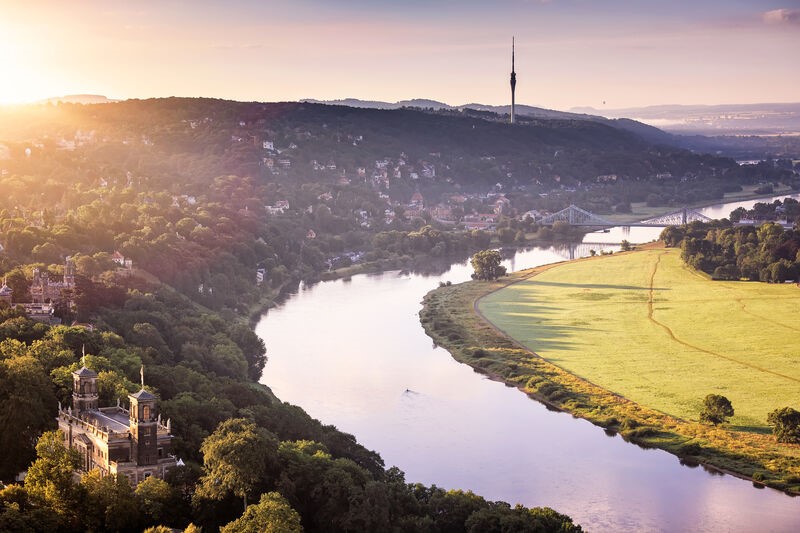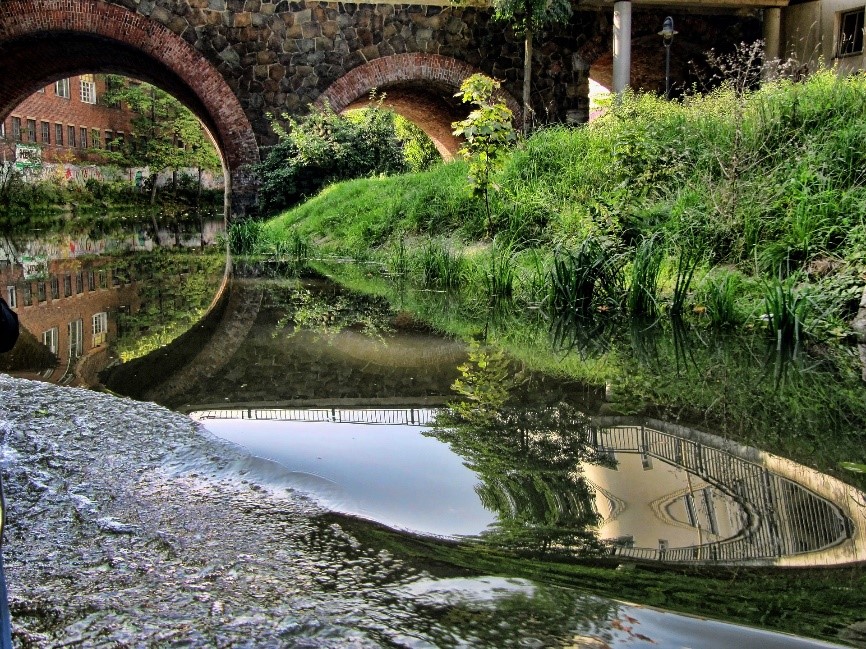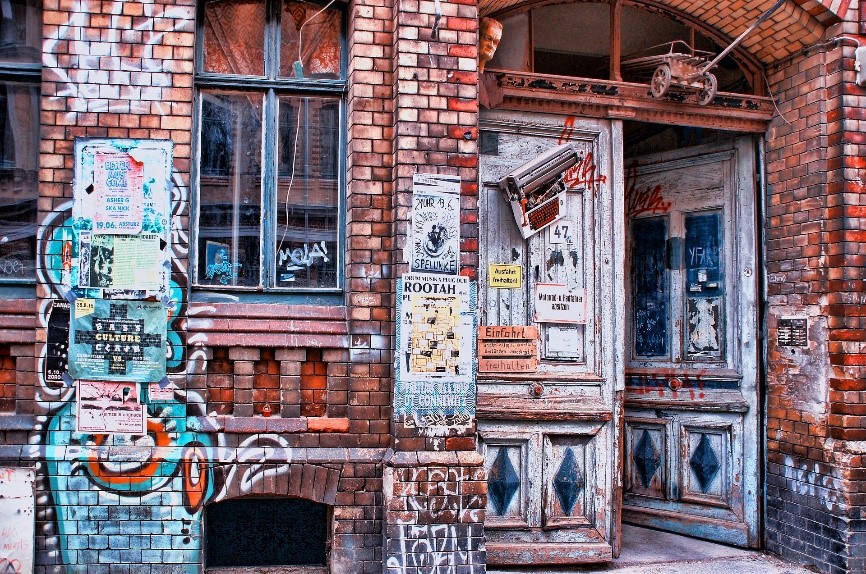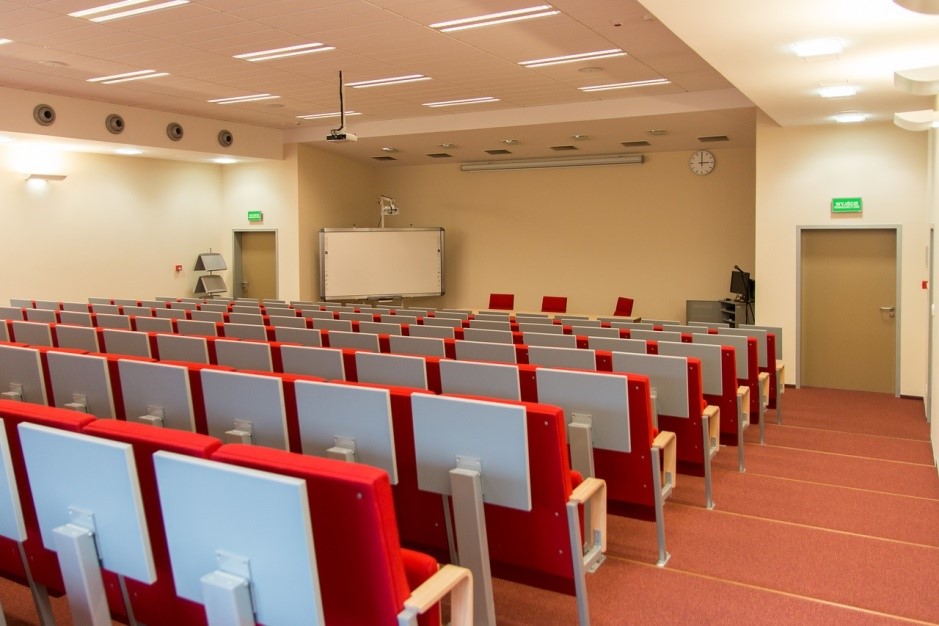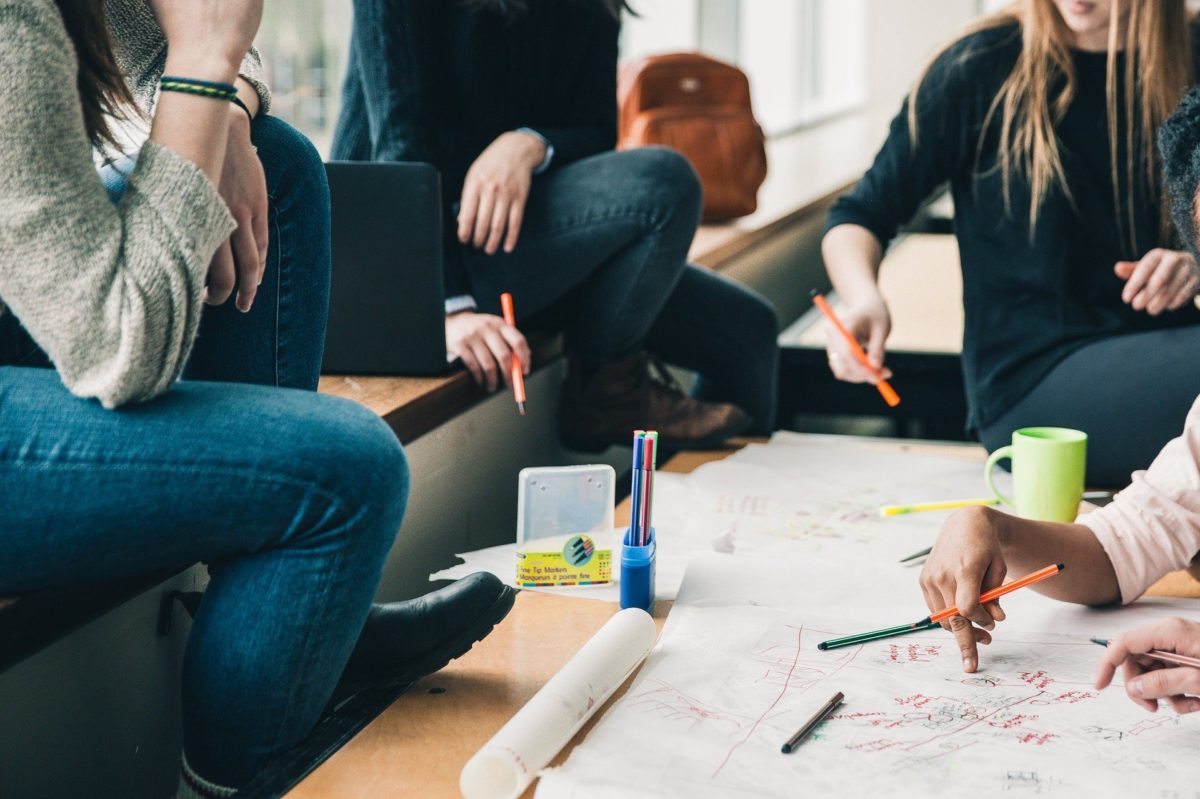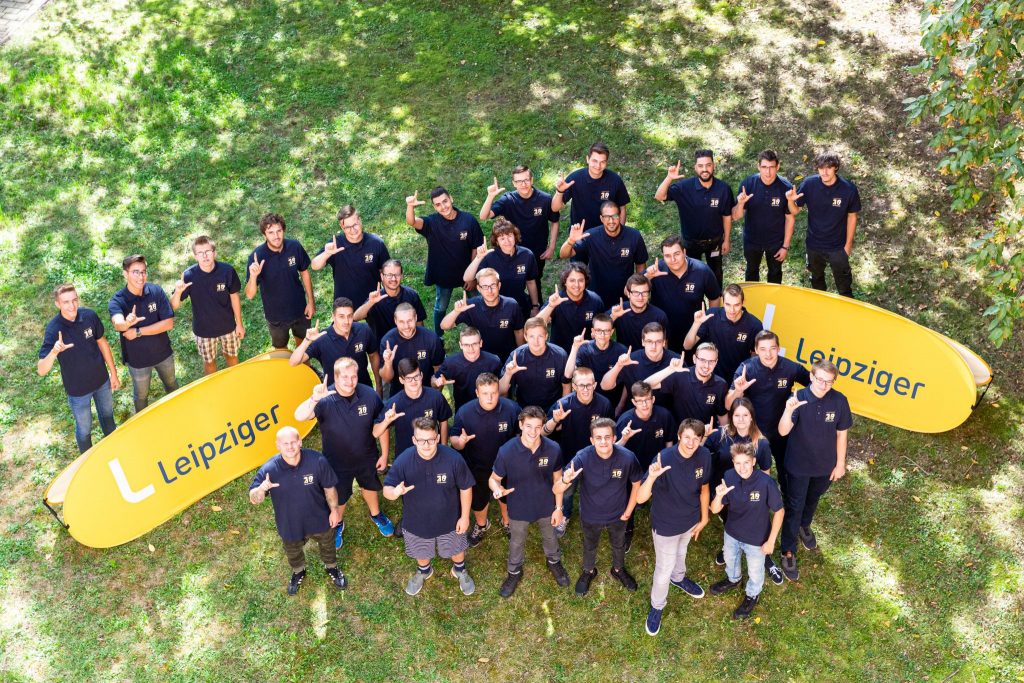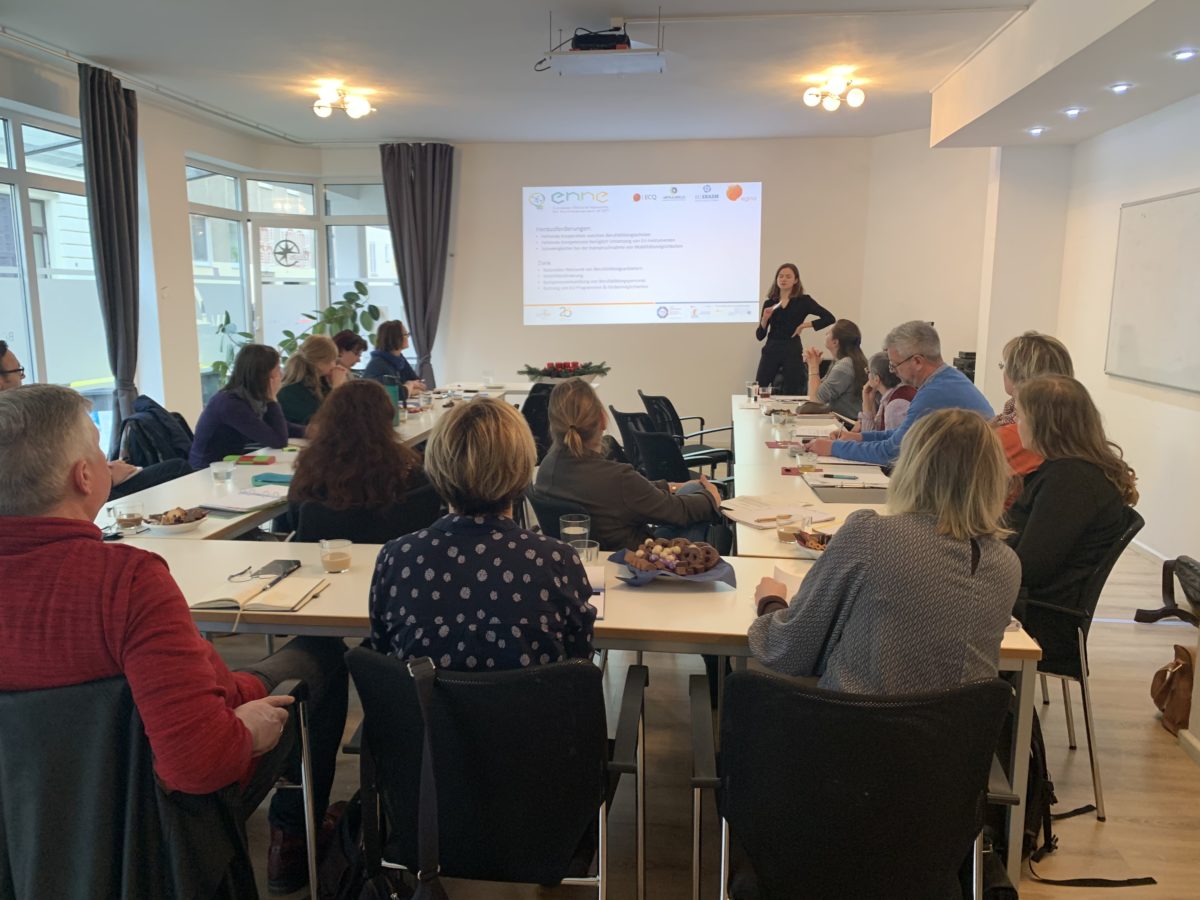Dresden with the view towards Saxon Switzerland/ Dresden mit Blick in Richtung Sächsische Schweiz – Photo: ddpix.de (Licence: DML-BY)
Although having less inhabitants compared to Leipzig, Dresden always used to be and still is the capital of the Federal State of Saxony. Situated in the Elbe Valley and surrounded by hills and vineyards you don’t need to go far to get a stunning view of the old town and the surroundings. Due to the fact of historically being home to princes and nobility especially represented by August the Strong, Dresden still nowadays has the charm of a residential city with many baroque buildings like the Dresden Zwinger, the cathedral or the rebuilt Church of Our Lady. These baroque architecture lead to Dresden being called Florence on the Elbe or Jewel Box.
In the attempt to make gold, the first European porcelain has been invented in Dresden. Saxon’s ruling family, the Wettin Dynasty, is immortalised in a huge mosaic with 23.000 tiles out of Meissen porcelain. The rulers resided in the castle, which has been destroyed in WW II. The cellars were used to grow mushrooms during the communist era and after the restoration it is now a museum presenting among other things art, masterpieces of jewellers and goldsmiths and a coin collection. Take one of the steamboats along the Elbe to admire the Elbe Castles on top of the hillsides slowly making your way to Pillnitz Castle.
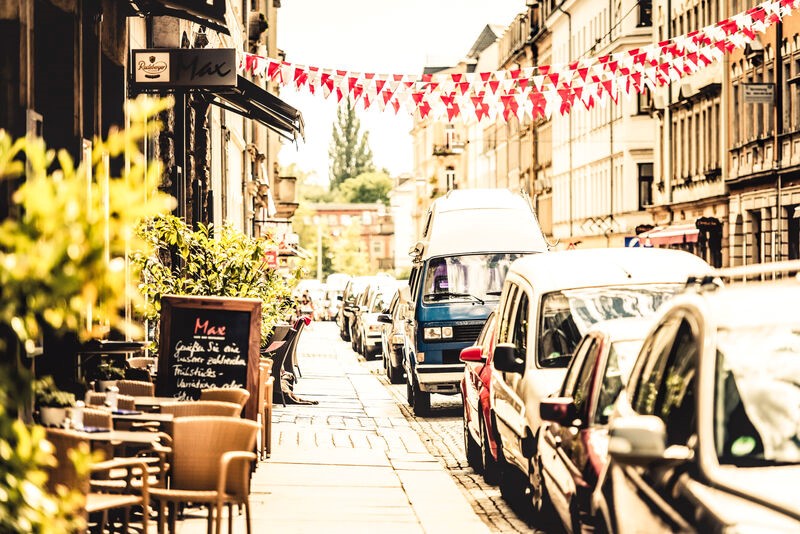 Bars in the neigbourhood Dresden Neustadt/ Bars in der Dresdner Neustadt
Bars in the neigbourhood Dresden Neustadt/ Bars in der Dresdner Neustadt
Photo: Moritz Schlieb (Licence: DML-BY)
But it’s not all about pomp and circumstance. Crossing the Elbe from the old town you will eventually get into the alternative and colourful neighbourhood of Dresden Neustadt. With all its cafés, bars and clubs it is definitely the right place for a night out. But also during the day you will be amazed by the cute little shops like for example in the courtyards forming the so called Kunsthofpassage, the perfect place to find handmade presents and local produce.
And there is a lot more to discover in this city. Did you know that the first milk chocolate was produced in Dresden? And that is not everything. It was here where Melitta Bentz invented the paper coffee filter, Adolf Rambold the still widely used model of the tea bag with two chambers, Christine Hardt in 1899 patented the first modern bra and the Dresdener Robert Sputh is considered the inventor of the beermat. As you can see, Dresden has a lot to offer – for tourists, its inhabitants or passers-by. Besides big companies or the Transparent Factory of Volkswagen, you will find SMEs in all kinds of sectors, as well as traditional crafts and start-ups keeping the legacy of famous inventors in the city alive. Come to Dresden and join creative, inventive and innovative people.
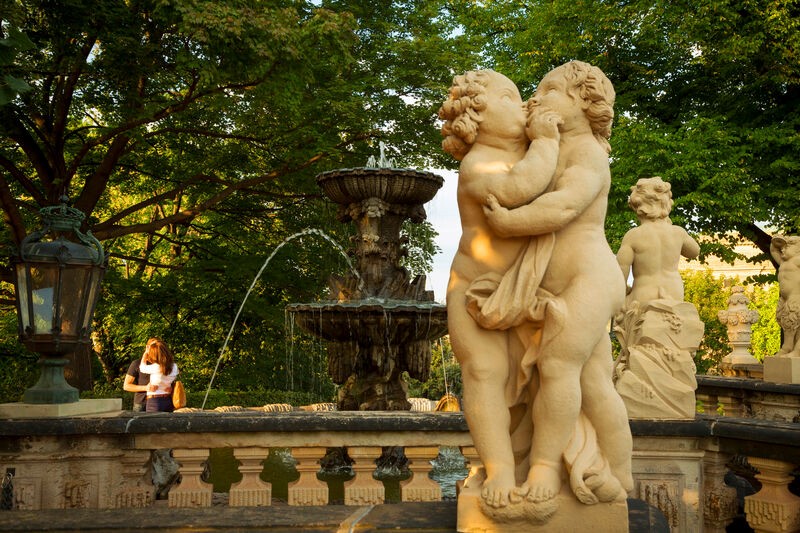 The kiss in the Dresden Zwinger/ Der Kuss im Dresdner Zwinger
The kiss in the Dresden Zwinger/ Der Kuss im Dresdner Zwinger
Photo: Sven Döring/ Agentur Focus (Licence: DML-BY)
Especially during summer Dresden and it’s beautiful surroundings invite you to relax. Stroll along the Great Garden, a huge park in the heart of the city, enjoy the summer outdoor cinema at the bank of the Elbe with the old town in the background or listen to concerts in front of the Japanese Palace. If you prefer your days to be more active, bike along the river banks on one of the nicest cycleways in Germany, go for a walk in the cities own large forest Dresden Heath or take a short ride on the train to the beautiful Elbe Sandstone Mountains for a hike.
If you happen to find yourself in Dresden during winter time, don’t worry, there are things waiting for you to experience them. You will be enchanted by the illuminated city with its Christmas markets, mulled wine and Stollen, a special yeast-risen pastry with raisins and spices for the Christmas time. And if the weather is really not inviting you to stay outside, hide from the natural forces in the Hygiene Museum with its permanent exhibition “Human Nature” and changing temporary exhibitions. You won’t just go through it, but you will get to experience it with all your senses through different experiments, which makes it really fun and interactive.
You can have a peak of some splendid views over Dresden also online under.
Or get to know the city by themes using this online map.
This site offers 32 Cool Things to do in Dresden.
You can find the official website of the tourist information here.
